Female enthusiasts get tough on physical fitness, healthier lifestyles
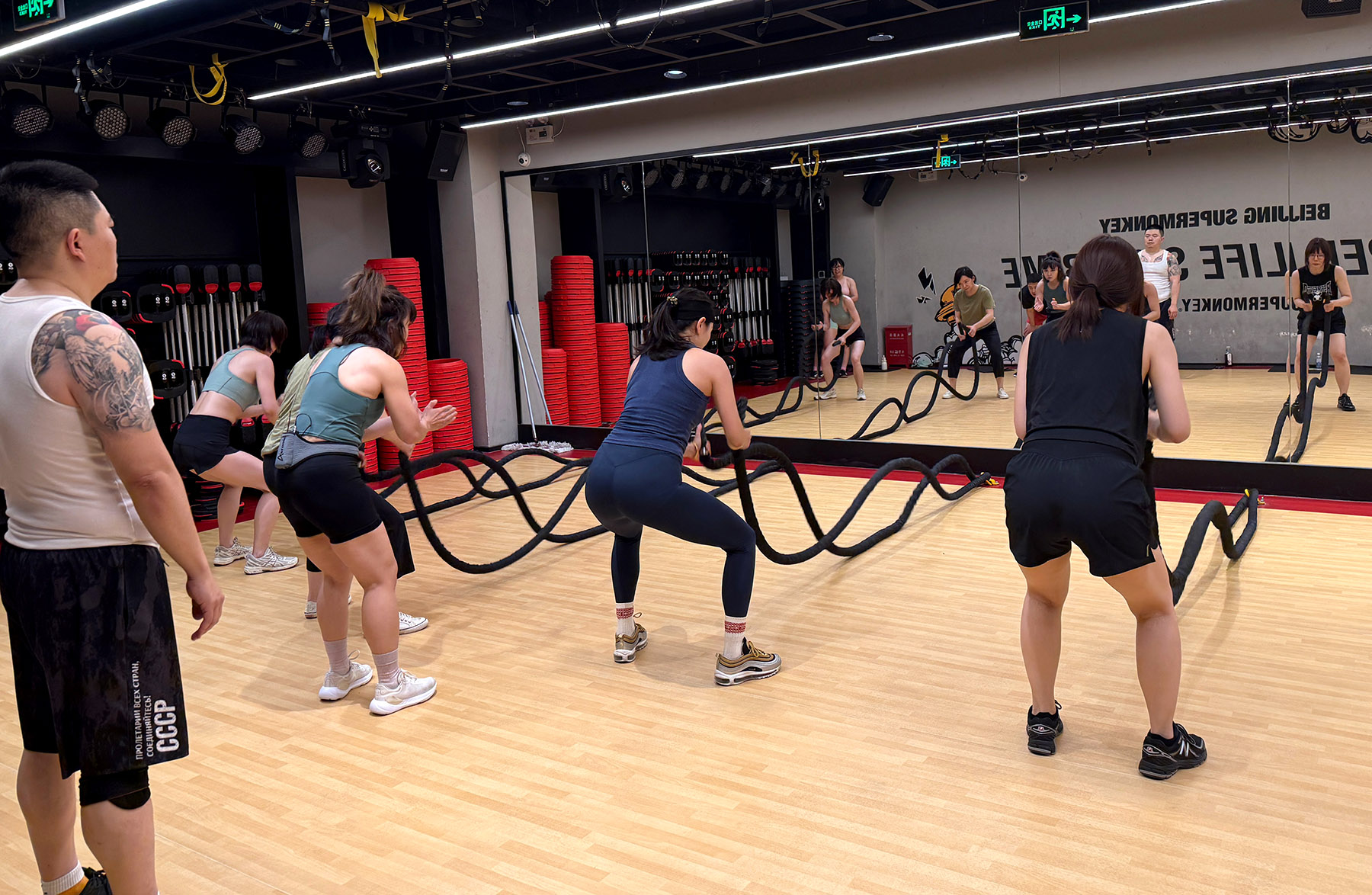
On the back of recent trends, a Spring Festival blockbuster last year and the overarching desire to lead healthier and empowered lives, Chinese women continue to flock to the gym in droves and even outnumber the opposite sex in what is often perceived as a male-dominated field.
As awareness of the importance of physical health and the pursuit of fitness grows, more women are making exercise an integral part of their lives. From following workout videos by fitness bloggers at home and sweating over weights in the gym, to outdoor hiking, rock climbing and running marathons, women are embracing a diverse range of fitness activities.
According to the 2023 China Fitness Industry Data Report, women account for 55.41 percent of fitness consumers. The China Outdoor Sports Industry Development Report (2022-2023) also indicates that women make up 59.9 percent of outdoor sports participants, becoming the leading demographic in this field.
READ MORE: Busy young professionals turn to sport to boost social circles
With this trend has come a shift in typical goals when working out: instead of pursuing a slim and curvy figure, they exercise to be healthier, to gain a better understanding and control of their bodies, and to be more independent and powerful, according to the reports.
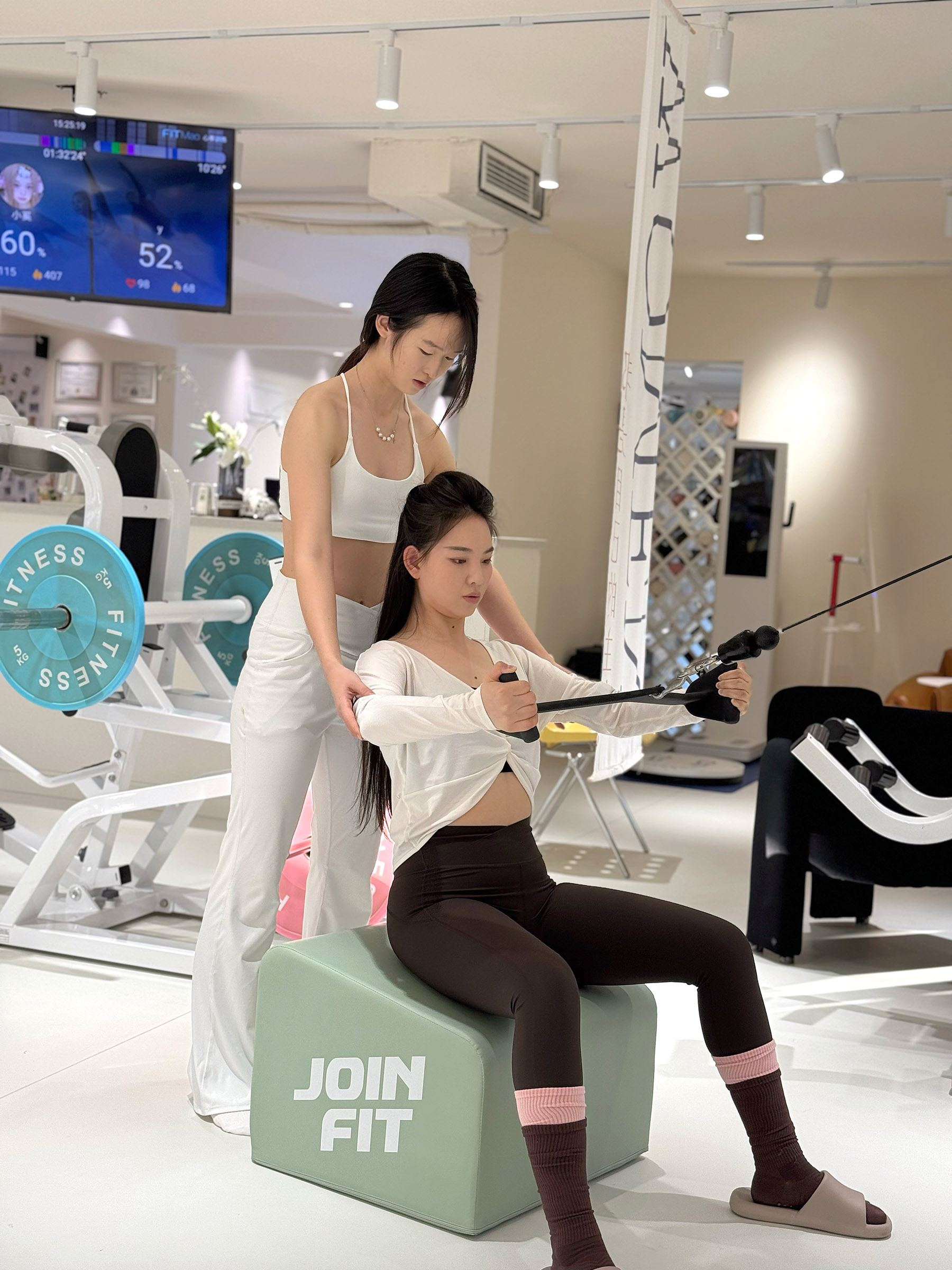
First steps
Liu Shiyu, a popular podcaster and a fitness lover, said while many women have a strong desire to get fit, the first steps are not easy. "In the first 10 minutes of meeting my fitness instructor, I burst into tears — I was worried that I might quit halfway, or I wouldn't do well," said Liu, 26, in one of her podcast episodes.
Like many young people, Liu had attempted and failed to cultivate the habit of going to the gym multiple times, and exercise had posed a great psychological burden on her.
"For me, the path from the impulse of becoming as fit as a fitness influencer to actual action is a long one filled with mental barriers and obstacles," she said.
Liu said she didn't resolve to start regular exercise until after she fainted at a hospital last year, which turned out to be the result of low blood pressure caused by a lack of exercise and hydration.
When a friend recommended a fitness instructor who happened to work at the gym near Liu's apartment, she felt it was a sign that she should embark on her fitness journey once more.
To her surprise, the coach, also a woman, said that excessive self-discipline can actually hinder fitness progress.
"Sustainable fitness training can only be achieved through establishing a healthy, moderate exercise routine and making sure the exercise does not exceed the personal limit," the coach told Liu.
Therefore, Liu crafted a fitness plan tailored to her schedule, capacity and preferences: strength training at the gym once a week, aerobic workouts including K-pop dance or fitness routines at home three times a week, and rock climbing twice weekly.
After a year, the transformation was evident: Liu became more open to new fitness experiences, and she also learned to continuously monitor her body's state during workouts and to always train within her capacity.
"I used to hold myself to high standards. During workouts, if the coach asked for eight to 10 reps, I would push for 10 or even 11, and feel disappointed if I couldn't reach 10," Liu said.
However, her coach reassured her that doing just eight or nine reps was perfectly fine.
"Sometimes, after a long workday or a tiring business trip, especially during my period and when I am starving, I will respect my body's needs and allow myself to take a break," she said.
Learning to rest helps people to actually stick to a habit and prevents burnout.
According to the 2024 Women's Fitness Trends Report released in March by fitness chain Hilefit, women demonstrate remarkable perseverance in fitness. On average, the chain's female members spend about 34 minutes per session on the treadmill, compared to 29 minutes for male members. Additionally, 42 percent of female members participate in group classes, significantly higher than the 8.3 percent participation rate among male members.
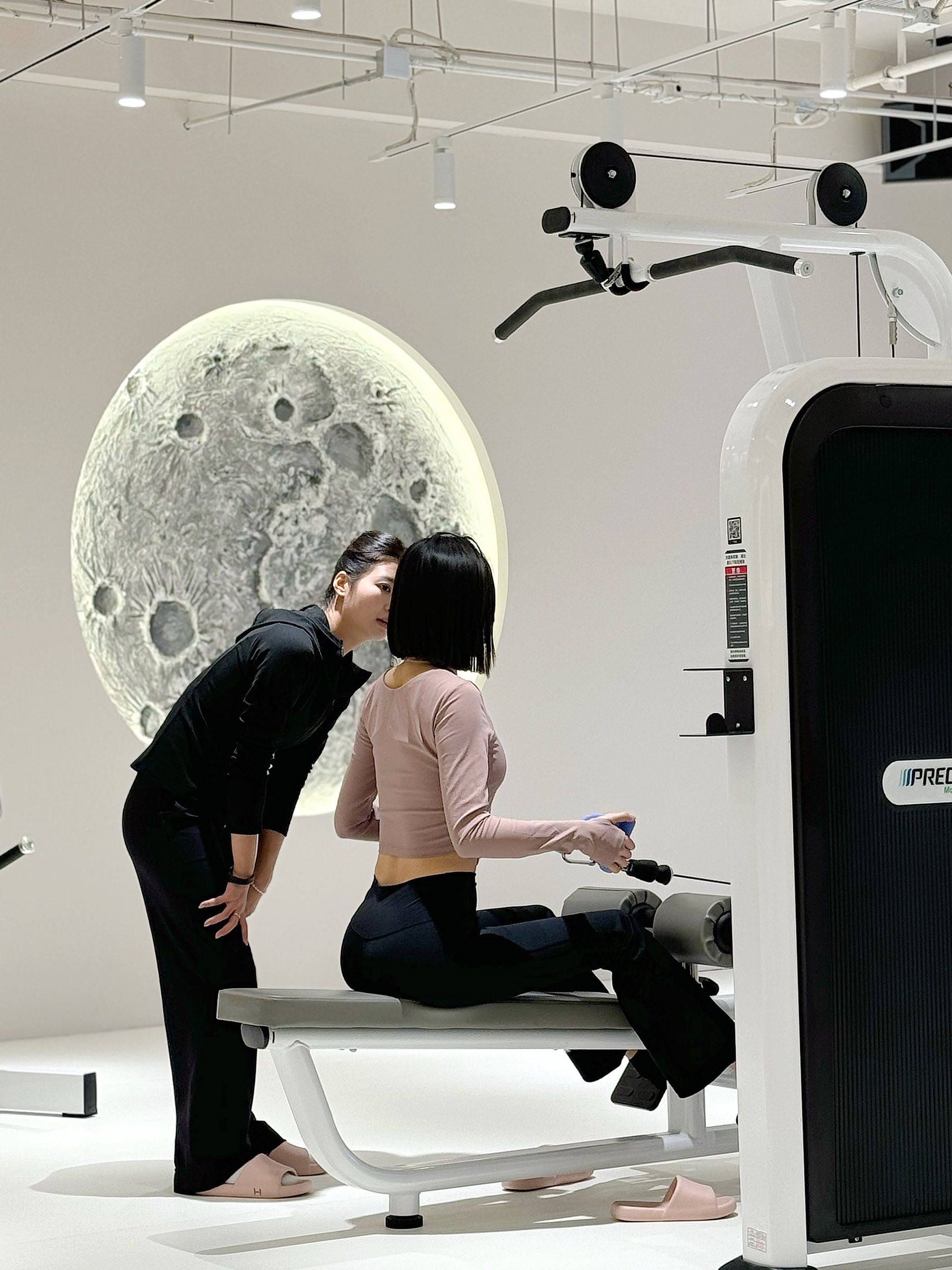
Powering through
The report also suggests a significant shift in women's workout preferences, with strength training gaining popularity.
While 61 percent of female customers still focus on weight loss and body sculpting, 21 percent opt for muscle-building personal training courses, with the trend on a steady increase, the report said.
One fitness coach, surnamed Yan, confirmed the trend, noting that more of her female clients are aiming for a muscular physique through exercise.
Yan said that compared to the uncertainties of work and life, exercise offers more direct rewards — the dopamine released during exercise brings physical joy, while the endorphins from progressively lifting heavier weights deliver a lasting sense of achievement and satisfaction.
Through strength training, women start to discover their physical strength, thus becoming more empowered both physically and mentally, Yan said.
"One of my clients is a graduate student who, after strength training, gained more than just strength. She used to rely on her male peers to lift heavy liquid nitrogen tanks for her experiments in the lab, but now she can do it herself and even help her juniors. That made her feel powerful," said Yan citing one example.
Yan said the sense of control over the body translates into a newfound feeling of confidence in life, which is manifested in actions such as standing up against workplace injustices rather than staying silent.
Xiong Huan, a professor at South China Normal University, said that for a long time, muscles were seen as the exclusive domain of fitness-focused men — a symbol of power, while the goal for women in fitness has been to get slimmer, with muscular women often facing discrimination from others.
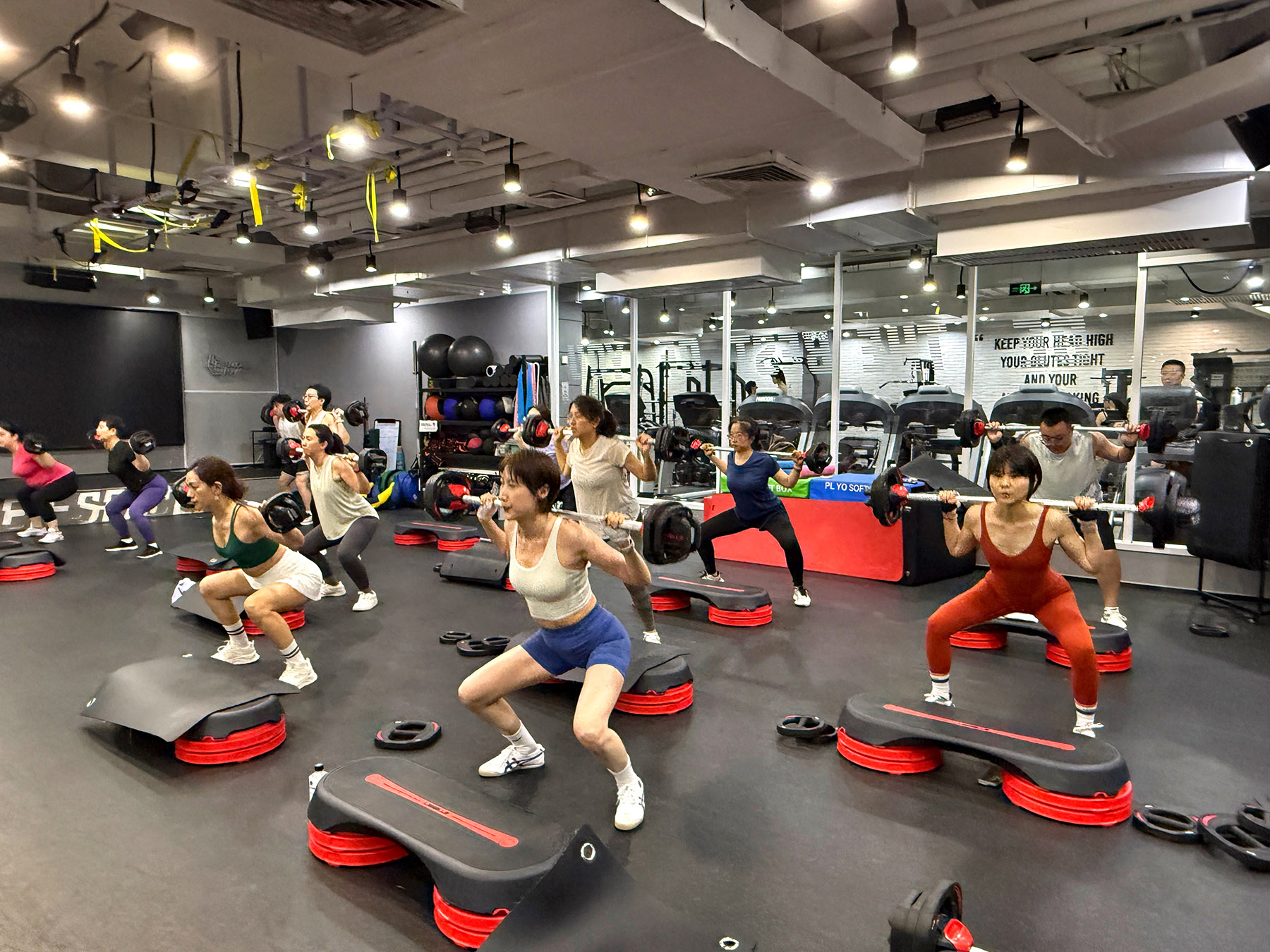
Xiong and her team published the book Made of Corporeal Self in 2021, which focuses on social interpretations of females' roles during sports.
The team found that when a woman tries to break stereotypes and step into the center of a boxing ring, she feels uncomfortable by the gaze of others. When she passes through a male-dominated weightlifting area, filled with unfamiliar equipment and sweaty "pros", she may feel intimidated.
However, this trend is shifting. The 2025 Young People's Fitness Report recently published by the Houlang Research Institute shows nearly 70 percent of men enjoy free weight training, including barbells and dumbbells. Women are closing this gap, with 53 percent also favoring free weights, the report said.
When discussing muscle preferences, women are moving away from the ultra-slim physique, opting instead for a healthy, energetic look — moderate body fat with foundational muscle mass. Muscle has become a must for them, according to the report.
For instructor Yan, she's noticed that some of her clients initially sought to emulate the physiques of influencers on social media platforms, but moved beyond body image anxieties after becoming fitness enthusiasts.
For instance, a woman who fell in love with Brazilian jujitsu, a martial art and combat sport, has reconciled with her once dreaded thick thighs, now focusing more on athletic performance.
"Who cares if my thighs are thick? They should be strong; it makes it harder for opponents to grab my pants, and I have more power," the jujitsu enthusiast said.
Women used to be trapped by the concepts of "lean shoulders and defined collarbones" "tiny waist" "bubble butt" and "slim long legs", which, in Yan's eyes, are shackles imposed on women shaped by the male gaze.
Workouts help transform how women view themselves, encouraging them to reject externally imposed beauty standards and embrace their true selves, Yan said.
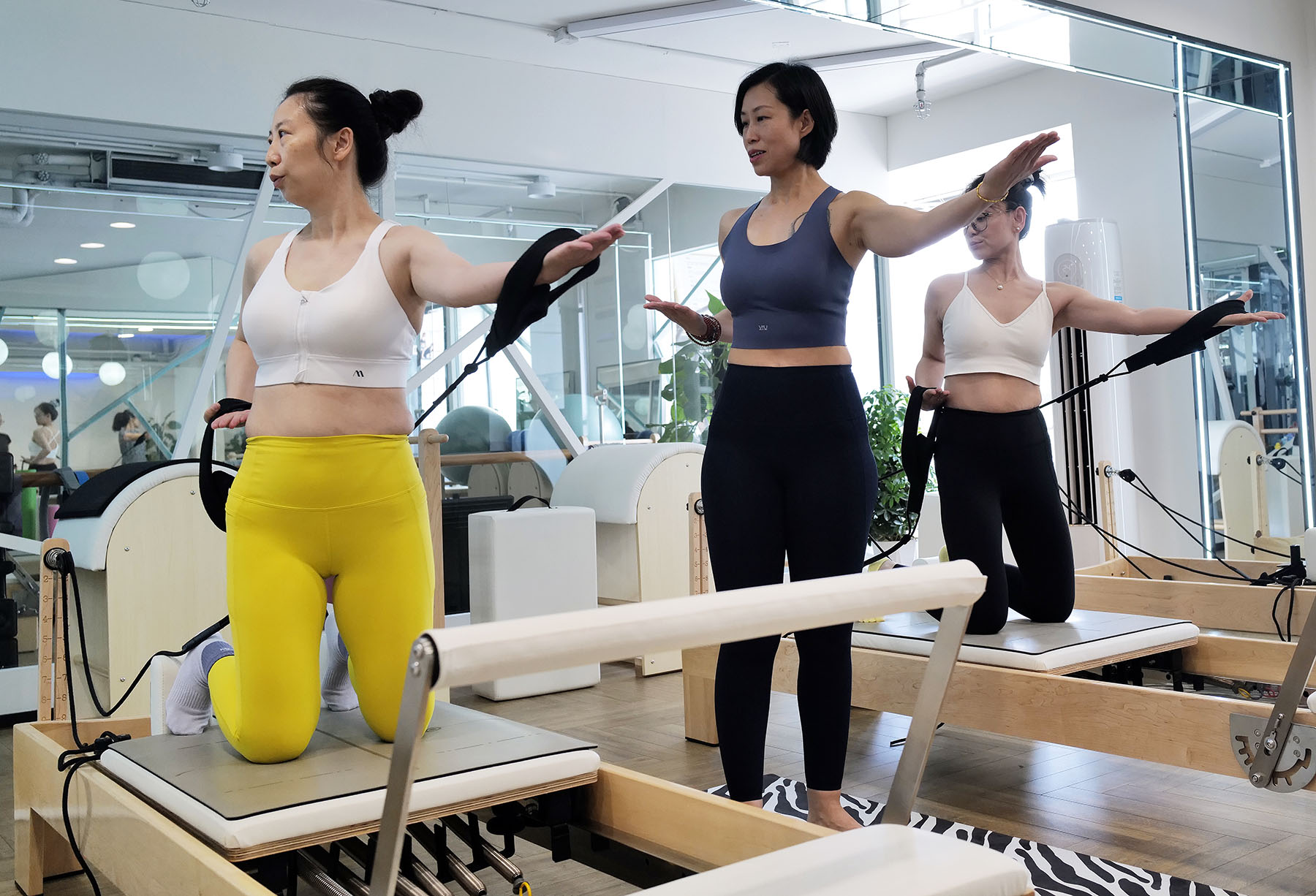
Female-exclusive gyms
Despite this, there's still an invisible gender barrier in gyms, especially in the weightlifting area.
For instance, the handles of barbells are often too thick for average Asian women to grip comfortably, which discourages many women from continuing with weight training.
Additionally, the weight of dumbbells typically starts at 5 kilograms, with other options including 10, 15 and 30 kg, which can be challenging for female beginners. Smaller weights, ranging from 2 to 5 kg, and options between the bigger weights, are rarely available in gyms, said Zhang Yixin, founder of a women-only gym in Beijing.
Some women have reported on social media feeling uncomfortable when men take off their shirts or make noises during bench press exercises, whereas some often worry about being stared at by men while wearing workout clothes.
As a result, many women-only gyms have emerged as a new business model. According to the 2024 China Sports and Fitness Industry Data Report, there are 1,231 women-only fitness centers nationwide. The Kershoo Gym, operated by Zhang and her business partner, is one of them.
The gym features an all-female team: its founder, fitness trainers and members are all women.
Unlike traditional gyms with their industrial black and gray tones, the well-lit women-only gym features a bright cream color palette, with distinct areas for cardio, strength training and Pilates.
"Our equipment is specifically designed to meet women's fitness needs, focusing on areas like the upper and lower limbs, shoulders and hips, rather than the chest press machines often favored by men," Zhang said.
Many of the machines at Kershoo are customized based on research into the body dimensions of Asian women. For instance, the width of the squat racks has been reduced by 22 centimeters to better accommodate the shoulder width of Asian women, said Zhang.
All weight machines, she added, including barbells, are equipped with micro-adjustment features, allowing women to gradually increase their strength without having to jump to excessively heavy weights. These adjustments range from 0.5 kg to 4 kg, facilitating progressive strength training.
Like many women-only gyms, Zhang's gym also attends to the finer details of women's needs, offering essentials such as sanitary pads, makeup remover wipes and skin care products.
ALSO READ: Experts call for healthy lifestyle amid frenzy over weight loss
The gym also aims to dispel myths surrounding women's fitness, such as the misconception that exercise should be avoided during menstruation.
"Women's physical conditions vary, and many experience little pain during their periods and want to work out but struggle to find suitable exercises," Zhang said.
To address this, her gym offers specialized classes for women during menstruation, avoiding exercises that increase abdominal pressure, like sit-ups and squats, as well as lower limb training, and instead focusing on shoulder exercises with reduced intensity. They also take menstrual cycles into account and appropriately extend membership durations.
While some view women-only gyms as limiting women's spaces, Zhang sees the gym as a specialized center on women's physiological needs. "The goal of creating women-only gyms is not to cede public space in traditional gyms to men, but to create a more precise and comfortable fitness environment tailored to women's needs and physiological characteristics.
"Seeing our female members overcome body anxiety and become healthier, more energetic, independent and confident is what drives me to continue operating this fitness brand," she said.
Contact the writer at xunuo@chinadaily.com.cn


